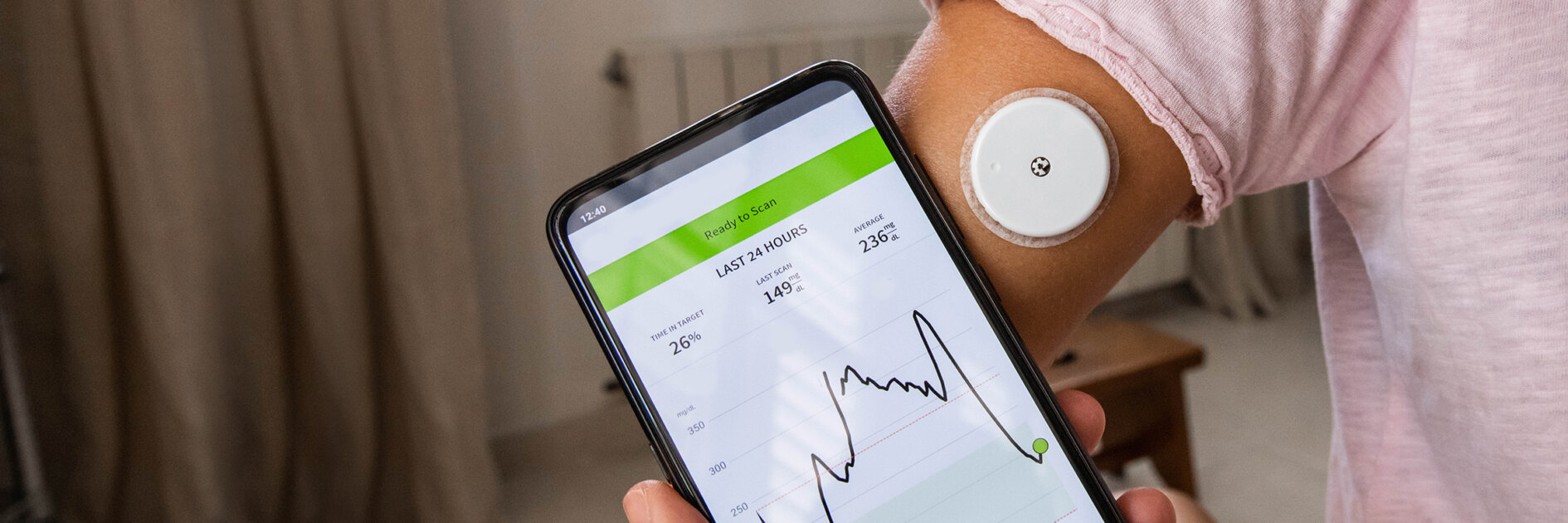Medical wearables show vast market potential in the coming decade. Once limited to tasks like monitoring heart conditions, wearables are now diversifying in function, and a wide variety of companies are entering the field.
If you’re new to the space—or just want a peek at what’s next—here are some top considerations to keep in mind for next-gen device design.
- Changing Customer Demands are Expanding the Healthcare Market
One of the biggest trends is that wearables are extending into consumer space. That means the user experience matters more than ever.
Experience matters even for devices that require a prescription. According to a recent Molex survey, the needs of patients are driving the market forward, with clinicians and other health professionals following close behind. Listening to these populations of users informs engineers on how to create devices that can stand up to extended use, support patient comfort and operate without direct medical supervision.
The secret to success with users so far seems to rest on compact design. Over the past few decades, miniaturization has significantly changed what technology can feasibly fit into smaller devices, and comfort and practicality are the essential reasons wearables have gained popularity outside the clinical setting. The more unobtrusive devices become, the more likely home monitoring and diagnostics will find widespread adoption.
- Manufacturing and Assembly are Now Streamlined
As designers strategize to save space for compact devices, they are also scrutinizing manufacturing processes for ways to cut down on the number of component parts and assembly tasks. A partner skilled in full-scope manufacturing can bring new ideas and techniques from Design for Manufacturing (DfM) and Design for Assembly (DfA) that have proven successful in miniaturized medical products.
Take the development of continuous glucose monitors (CGMs), for example. Not long ago, these were bulky and awkward items. Newer models, however, manage incredible complexity inside a space as small as one cubic inch. Strategies are needed not only to secure the subsystems with proper tolerances, but also to devise careful and efficient assembly methods.
Techniques like help engineers create thin yet strong enclosures, protecting components like batteries from damage and reducing the risk of product recall. The ease and effectiveness of magnesium thixomolding and consolidated parts through DfM can also reduce time-to-market.
- Functionality Must be Achieved Under Cost Thresholds
Cost is the central concern when manufacturing medical wearables. If a medical appliance seems overly pricey, insurance companies may not provide coverage. And with more companies entering the marketplace for wearables, an affordable price can mean a tremendous competitive advantage among consumers.
Therefore, all development decisions are governed by a budgetary ceiling. Cost-cutting design modification and manufacturing techniques, as discussed, help to keep the project lean.
In addition, discipline for cost targets should consider the entire orchestration of bringing a new product to market, including setting up supply chains, vendor contracts, and distribution networks. Often new entrants to the medical field need experienced partners that can guide them through these unknowns, and eliminate delays and cost overruns in the timeline.
- Monitors Integrate with Infrastructure
Some compact healthcare products are used inside hospitals and clinics and may need to connect with existing data systems. This requires not only the hardware processing and battery life for reliable signals, but also the right protocols and security measures according to the established standards.
Thankfully, new engineering projects do not need to reinvent the wheel. If they have access, they can build off processing and transmittal systems that have already been designed.
Partners with this knowledge also handle specifics like FDA certifications, which save teams from spending unnecessary time debating semantics and the logistics of testing and approval.
- Collaboration Generates Breakthrough Products
Ultimately, creating a sophisticated device for commercial use needs cross-disciple coordination not just inside a team but between many specialized teams. Injection molding manufacturers, electrical engineers, programmers, assemblers, and compliance experts all need to communicate with each other. Taking a system-wide approach among the many players is the only way to achieve forethought in the design process and make quick adjustments along the way.
Bringing It All Together with a Knowledgeable Partner
Assembling a team that can design, manufacture, and commercialize a wearable medical device gives engineers new to the medical arena the full range of resources.
A contract development and manufacturing Organization (CDMO) like Phillips-Medisize can bridge the gap between each step in the process with its extensive expertise, in-house capabilities and network of trusted industry partners. Learn more about how partnering with us can benefit your company.


